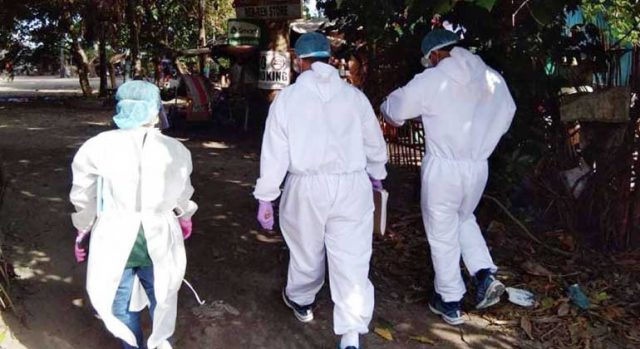By Jonathan Best
Book Review
A Warrior’s Armament
and Ornament: The Edwin R. Bautista
Collection of Philippine
Bladed Weapons
Published by the
MusKKaT Museum
THE RECENTLY published fine arts book, A Warrior’s Armament and Ornament is a collection of scholarly essays documenting the Edwin R. Bautista collection of Philippine antique and vintage bladed weapons which were recently acquired by the MusKKaT museum. The Museo ng Kaalamáng Katutubò (MusKKat) is a foundation engaged in museum development, cultural education, material culture research and conservation, a long term philanthropic project of the Unilab Corporation based in Mandaluyong City, Metro Manila. The museum does not have its own permanent building yet and currently uses offices at the Unilab headquarters in Mandaluyong with its own archival storage and state-of-the-art conservation facilities in Laguna province south of Manila. The Museum has a small highly trained staff headed by Director Corazón S. Alvina, the former director of the Philippine National Museum and author of numerous books and articles on Philippine art and culture.
Over the last few years, the MusKKaT museum has been assembling an impressive collection of Filipino ethnological material, textiles, wood carvings, antique and vintage weapons, indigenous metal work, betel nut boxes, maps and other ethnological reference books and documents. Their collection, which will eventually be available for public display, has been gathered locally and from various international sources. Currently, during the pandemic, the museum is busy with its publishing projects and hosts informative lectures and online cultural and educational events.
Their latest publication, a 217-page full color, hardbound, large format edition is the museum’s second major publication. Their first was a study of the insular communities living on the Batanes Islands north of Luzon. Due to its size and copious full-page illustrations, this new publication could easily be mistaken for just another elegant coffee table book. However, this book is not only for display or casual browsing as a great deal of very serious scholarship and painstaking research has gone into its production. All the items illustrated in the book have extensive descriptive captions and are accompanied by their museum accession numbers.
Ms. Alvina is the book’s primary editor and she has put together a distinguished team of well-trained experts in the field of Filipino material culture, crafts and art conservation. The original owner of this valuable collection of Filipino bladed weapons, Edwin R. Bautista, spent many years assembling hundreds of items, primarily long knives, daggers and swords known locally as kampilan, kris, bolo, tálibong, and countless other names for weapons with various shapes, sizes, and different function, and local origin. Each category of weapon has its own distinctive blade, hilt, pommel, and sword guard and is usually accompanied by ornamented leather, wooden, or metalic scabbards or sheaths.
Mr. Bautista is a native of Iloilo and is currently CEO of Union Bank in Manila. He is a board member of the Philippine Map Collectors Society (PHIMCOS), and a trustee of the Museo Iloilo in his home province. He provides an opening essay for this book, giving an outline of how and why he amassed this comprehensive collection which he has now very generously donated to the MusKKaT Museum.
The other contributing writers are Jaime C. Laya Ph.D., who provides the official introduction and a synopsis of the book; Patrick D. Flores Ph. D., the noted art historian and curator who writes on the physicality and functionality of the bladed weapons; Eusebio Z. Dizon Ph.D., who gives an “archaeo-metallurgical assessment” of the subject collection; Narciso C. Tan, an avid researcher and collector of Philippine ethnological material, writes on the weapons of Northern Luzon; and, Lorenz Lasco, another major collector and Southeast Asian scholar, who writes on the social, spiritual and talismanic significance of the weapons and their ornamentation.
In addition to the principal writers there are a number of shorter ancillary contributions which give helpful insights into the collection’s social and artistic significance. Ms. Alvina offers a descriptive list of materials used for the weapons and their adornment: bone, ivory, leather, mother-of-pearl, giant clam shell, turtle shell, bamboo, coconut shell, cotton, rattan, hardwood, and numerous locally forged metals such as brass, bronze, copper, gold, iron, nickel, and silver. Focusing on the form and function of these indigenous materials elucidates how the weapons were very much a product of the Philippine’s indigenous culture and tropical, archipelagic environment.
Orlando V. Abinion, the former head of the conservation department of the National Museum of the Philippines, gives pointers on the proper care and handling of metal artifacts. Raymond Santiago, the registrar of the UNILAB and MusKKaT Museum’s collections, writes a short, well researched, piece on the traditional leaf shaped barong of Mindanao and Sulu, while Rosch Emille C. Manuel writes on the kris knives of Sulu and Muslim Mindanao. Jose Ma. Lorenzo P. Tan, the well-known naturalist, writer, and photographer, discusses the curve bladed panabas which was used for both agricultural work and warfare. Samuel M. Briones gives the history of the famous wavy bladed gunong of the Maranao and the superstitions regarding its shape and length.
Photographer At Maculangan’s full color illustrations are handsomely set off against dramatic black or sheer white backgrounds, showing full length weapons and sharply focused details of the ornamentation. Narciso C. Tan’s essay is well illustrated with contemporary and vintage photographs of weapons from his and his wife Sharon Ann Azarcon Tan’s own extensive weapons and photograph collection.
Overall the book is handsomely laid out and complete with an essential bibliography and well researched end-notes — unfortunately these are somewhat difficult to read given their small font size.
Since the introduction of forged metals many centuries ago, and before guns became ubiquitous, knives, swords, and spears were the universal personal weapons of choice for armed men and occasionally of women as well. Bladed weapons have also had many other important functions other than just for hand-to-hand combat or for warfare — they are important utilitarian tools for agriculture and hunting and have also been used as ceremonial insignia of rank and social status, as well as simply for prestigious adornment in societies ranging from the primitive to the most refined and civilized.
The Philippines may not have achieved the same levels of opulence as the royal courts of the traditional Hindu rajahs and Islamic sultans of India, Malaysia, and Indonesia with their magnificent gold, ivory, and jewel-encrusted ceremonial and prestige weapons. However, many of the designs and decorative motifs, birds’ heads, leaf scrolls and mythical, symbolic talismans from these countries are subtly reflected in the simpler Filipino weapons from Sulu, Mindanao, and even the Visayas as seen in this collection. Traders, seafaring peoples, and pirates were very active throughout Southeast Asia for many centuries before the Europeans arrived and continued exchanging goods and ideas after the Spanish began colonizing the Philippines, so this is not surprising.
This elegant book, A Warrior’s Armament and Ornament, makes an important contribution to the study of the Philippine’s material culture and examines the esthetic details and historical development of these weapons throughout the Philippine’s ethnically diverse archipelagic communities. The obvious influences of greater East Asian and Southeast Asian cultures found in these items helps to further identify the Philippines’ place in the history and cross currents of Asian civilization. For Filipino scholars and for the general reader, this book is a beautiful and fascinating look at material which helps instill greater pride in indigenous craftsmanship and shared history.
A Warrior’s Armament and Ornament was published as a limited edition and sells for P5,000. It can be ordered directly from the MusKKat Museum via e-mail: administrator@muskkat.org.
Jonathan Best is the senior consultant for the Ortigas Foundation Library, Greenhills, Manila.




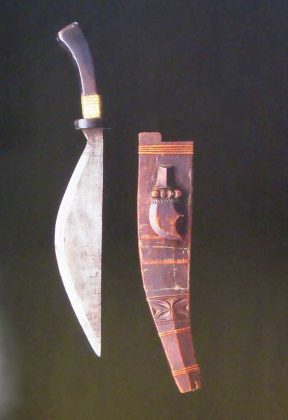
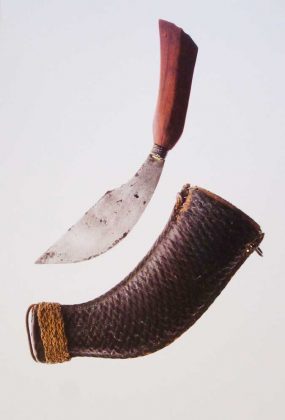
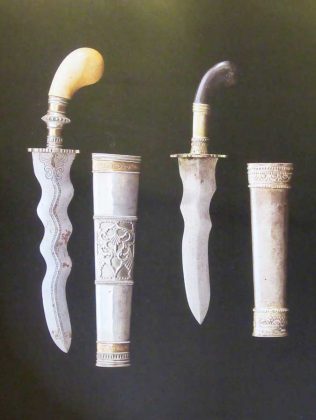







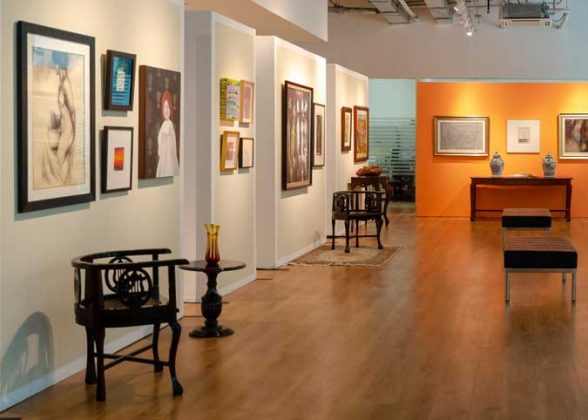
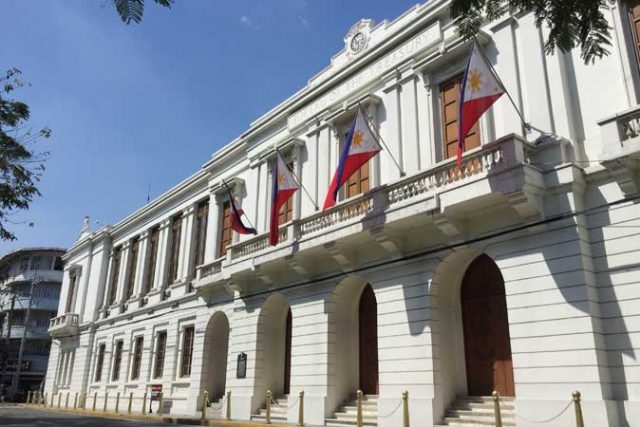
![blood-pressure-]](https://www.bworldonline.com/wp-content/uploads/2021/05/blood-pressure--640x427.jpg)


